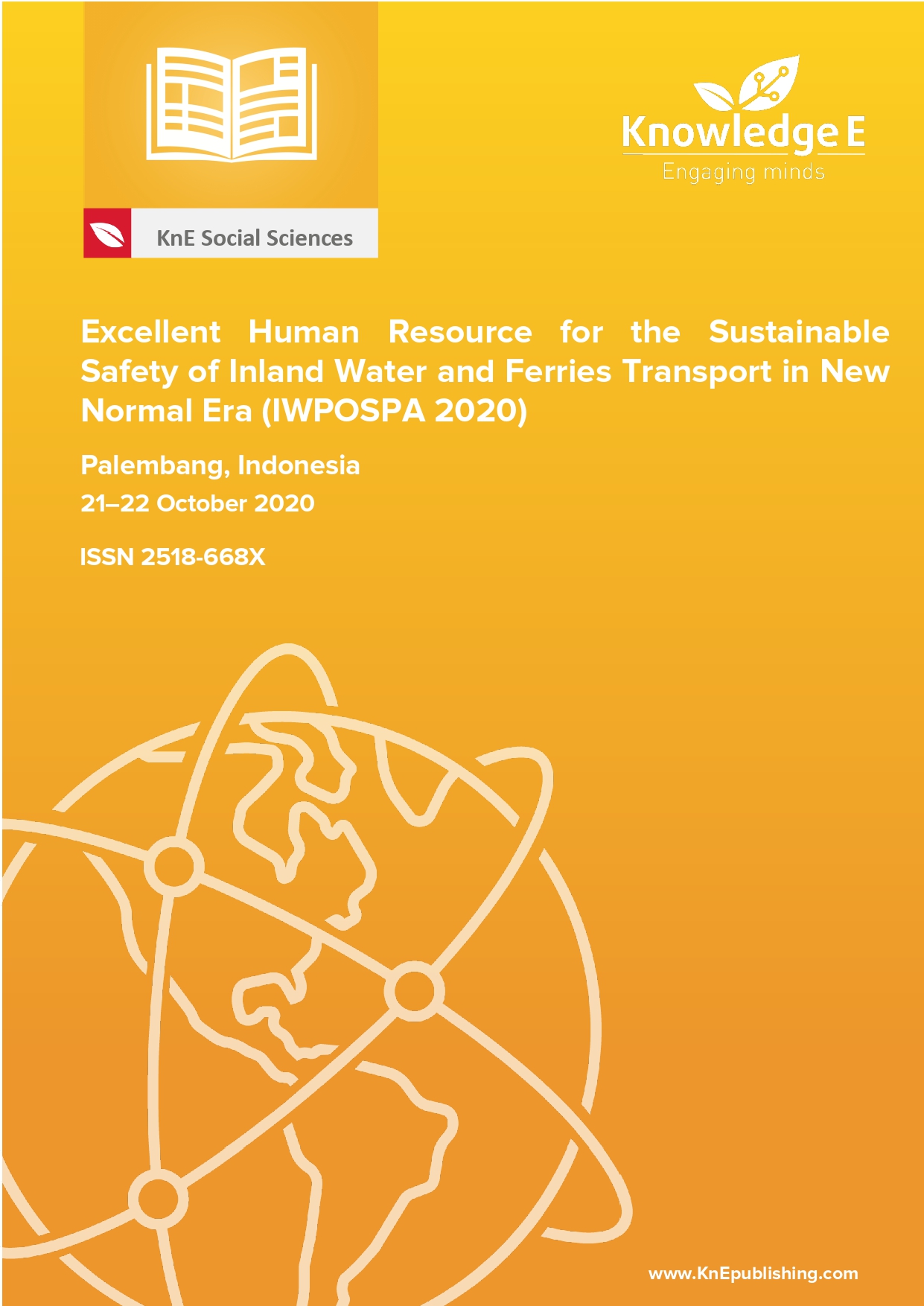Container Sea Transportation as part of the Masterplan for Economic Acceleration and Expansion in Eastern Indonesia
DOI:
https://doi.org/10.18502/kss.v5i1.8275Abstract
In order to support sea transportation services, the development of industrial processing (to keep pace with demand) must be included into the integrated economic strategy or economic corridor in the Masterplan for the Acceleration and Expansion of Indonesia’s Economic Development in the East. Indonesia also plays an increasingly large role in the global economy and a number of bilateral trade agreements. This is reflected in the improvement in Indonesia’s debt rating when the ratings of other countries have actually decreased. Through the MP3EI steps, the acceleration and expansion of economic development will place Indonesia as a developed country in 2025 with a per capita income of USD14,250-USD 15,500. To achieve this goal, real economic growth is needed of around 8.0%-9.0% per year between 2015 and 2025.
Keywords: Master Plan, Containers, Economic Development
References
Arika, A. (2010). Analisis Kebutuhan Transportasi Penyeberangan Pada Lintasan. Waipirit-Hunimua, vol. 04, issue 2, p. 1978-1105
Penelitian, B. and Perhubungan, P. (2010). Studi Lokasi Pelabuhan Utama dan Pengumpul di KTI dalam Perspektif Logistik. Jakarta: Kementerian Perhubungan.
Calderon, C and Serven, L. (2004). The Effects of Infrastructure Development on Growth and Income Distribution. Washington DC: E-Library-Worldbank org.
Dundovic, C. and Hess, S. (2005). Exploitability of the Port Container Terminal Stacking Area Capacity in the Circumstances of Increased Turnover. ISEP. Faculty of Maritime Studies, Studentska 2, 51 000 Rijeka, Croatia
Mun Wai Ho & Kim Hin (David) Ho. (2006). “Risk Management in Large Physical Infrastructure Investments: The Context of Seaport Infrastructure Development and Investment,” Maritime Economics & Logistics, Palgrave Macmillan: International Association of Maritime Economists (IAME), vol. 8(2), pages 140-168, June.
Jinca, M. Y. (2011). Transportasi Laut Indonesia (Analisis Sistem dan Studi Kasus). Surabaya: Brillian Internasional.
Kessedes, C. and Ingram, G. (1995). Infrastructure’s impact on Development: Lessons from WDR 1994. Journal of Infrastructure Systems, vol. 1, issue 1, p. 16-32.
Ralahalu, dkk. (2013). Menyebutkan bahwa Hingga saat ini Indonesia Bagian Barat (IBB). Jurnal Transportasi, vol. 13, issue 3, p. 193-200.
Siahaan, L. D. (2013). Container Sea Transportation Demand in Eastern Indonesia. International Refereed Journal of Engineering and Science (IRJES) ISSN (Online), vol. 2, issue 9, p. 19-26.
Puspitasari, N. (2019). Stowage MUARA. Jurnal Manajemen Pelayaran Nasional, vol. 2, issue 2, p. 2715-6583.
Tongzon and Ganesalingam. (1994). An Evaluation of ASEAN Port Performance and Efficiency. Asian Economic Journal, vol. 8, issue 3, p. 1467

